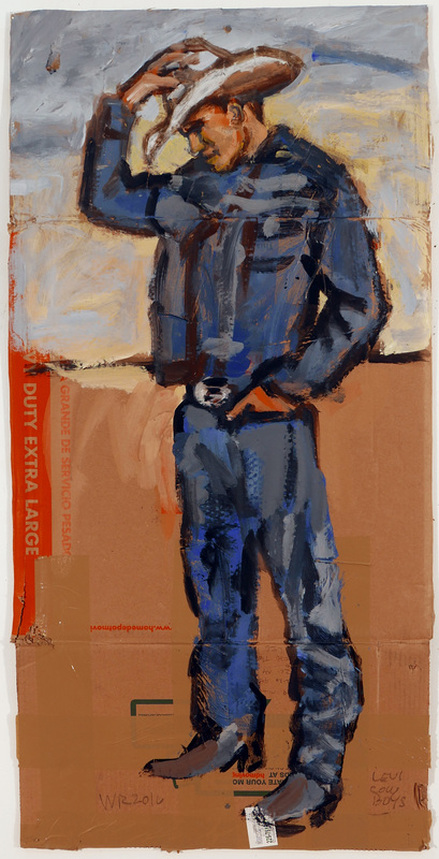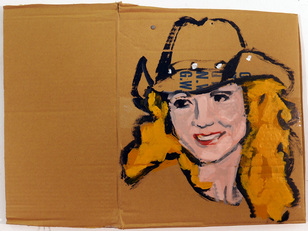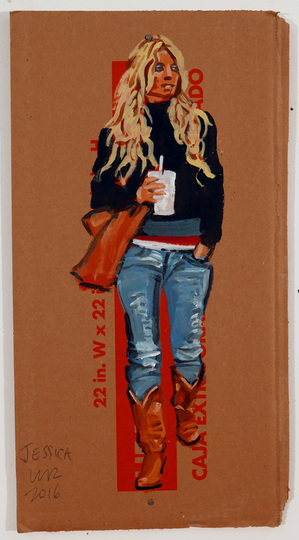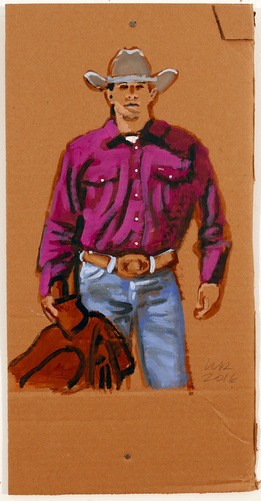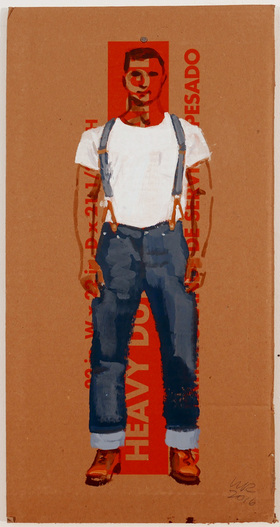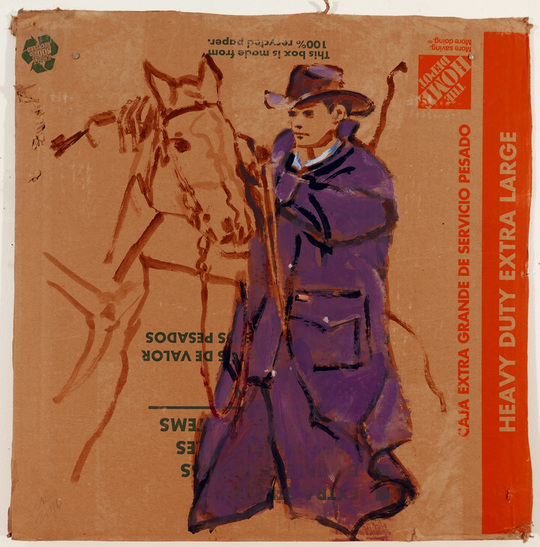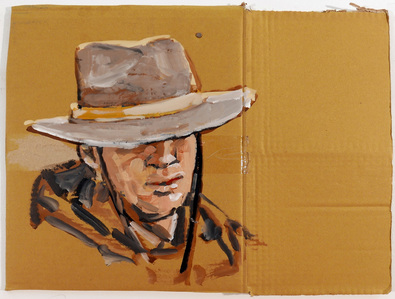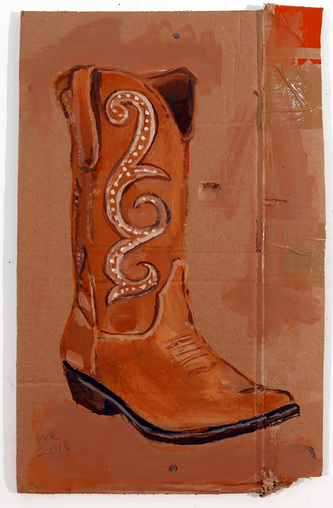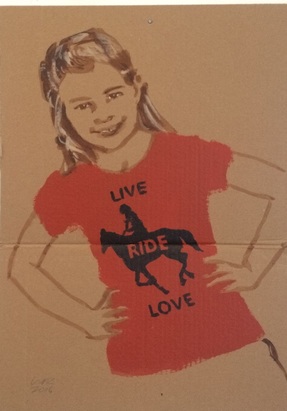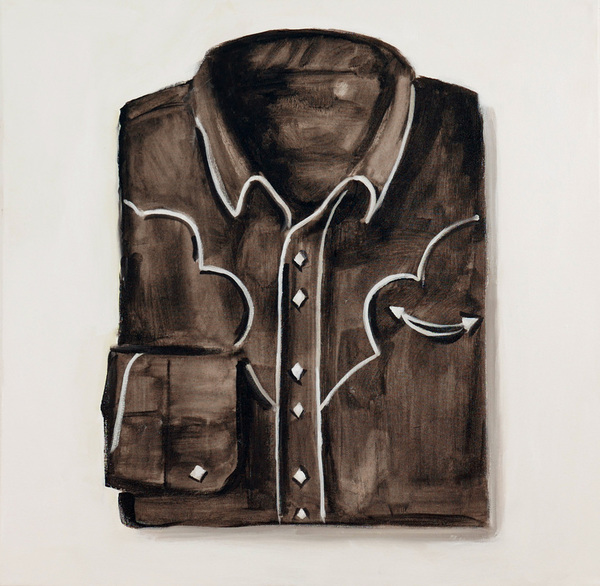Walter Robinson
|
Walter Robinson - All Hat & No CattleThe idea of the American West was fully formed by the 1870’s. Even as it was still being ‘settled’ and the Indian Wars still being fought, the mythical land of rugged individuality and personal freedom was already a central tenet of the American consciousness. And the clothing styles - the cowboy hat, cowboy boot and cowboy shirt - were already part of the American gestalt. The form of the boots was dictated by the demands of the stirrup - no use for laces or low heels - so don’t wear sneakers if you want to be a real cowboy! The look has become more standardized over the more than 150 years since The Homestead Act led to Euro-American settlement of the region but the styles endure. When Donald Rumsfeld wore his cowboy boots to the press conferences he gave as George W. Bush’s Defense Secretary, he arrived by limousine. By wearing his cowboy boots, he was reminding himself of his ranch in New Mexico but also announcing to us that he was a Westerner, a rugged individualist dedicated to personal freedom - like Gary Cooper in “High Noon.”
The West was first brought to the rest of the world in the iconic paintings by Thomas Moran and Alfred Bierstadt, among others. Not only did they frequently portray a grandeur previously unknown, they began the romance. Witness paintings such as “The Last of the Buffalo” by Bierstadt (1888). This magnificent painting, which measures 6’ x 10’ and currently resides in the National Gallery in Washington, D.C., depicts a Native American on horseback spearing a charging buffalo as other buffalo, dead or injured, lay about. Other Natives on horseback are seen to the side and the whole vignette is set in a spectacular panorama of the Western landscape. The not so subtle title suggests that this is a way of life that has already passed and in many ways, Bierstadt was correct. The amount of buffalo on the Plains had diminished to 1000 from what is generally accepted to have been 30 million! The Indian Wars were over. Not only were the buffalo gone but also the way of life that the Natives had lived. By this time, Buffalo Bill Cody was well into his career of touring the East Coast and Europe with his troupe of Indians and soldiers and the derring-do of the Wild West Shows. When Cody’s career ended, the silent film era had begun and the mythology of the American West was codified into the American cultural canon. Now nearly one hundred years later, the traditions of the West are very much part of the American consciousness, kept alive in the fashion of 21st Century western wear. Recycled Images, Repurposed Material For this exhibition, Walter Robinson has made a series of paintings with the images and the titles taken from advertising for Western products. With one exception, all of the paintings are on cardboard. There is a long history of art being painted on cardboard, most notably by Henri De Toulouse-Lautrec in the 1880’s. While Toulouse-Lautrec was perhaps the first great artist to make overtly commercial images, Robinson is appropriating commercial images as well as the cardboard that the images are painted on to make his art. This ‘new West’ is a life-style, a fashion statement, a way of looking at the world or better, a way that the world looks at you. By your choice of clothing, you are announcing that you are a ‘rugged individualist’ who ‘values freedom’ - just read the websites of some of the products whose images Walter has chosen to appropriate. Today all of these products are shipped in cardboard boxes such as the ones that Walter has chosen to paint on. At the recent FRIEZE Art Fair here in New York, there were a number of exhibitors showing paintings on cardboard - perhaps it is a new favored medium. Robinson’s method consists of projecting images onto the surface to be painted and then applying his painterly hand. As stated so clearly by Charles F. Stuckey in the recent publication WALTER ROBINSON, published by the University Galleries of Illinois State University in Normal, Illinois, Walter’s method is to “de-personalize every step in the creative process only to realize that the personality is unavoidable, ingeniously so in his case.” John Molloy, 2016 |

